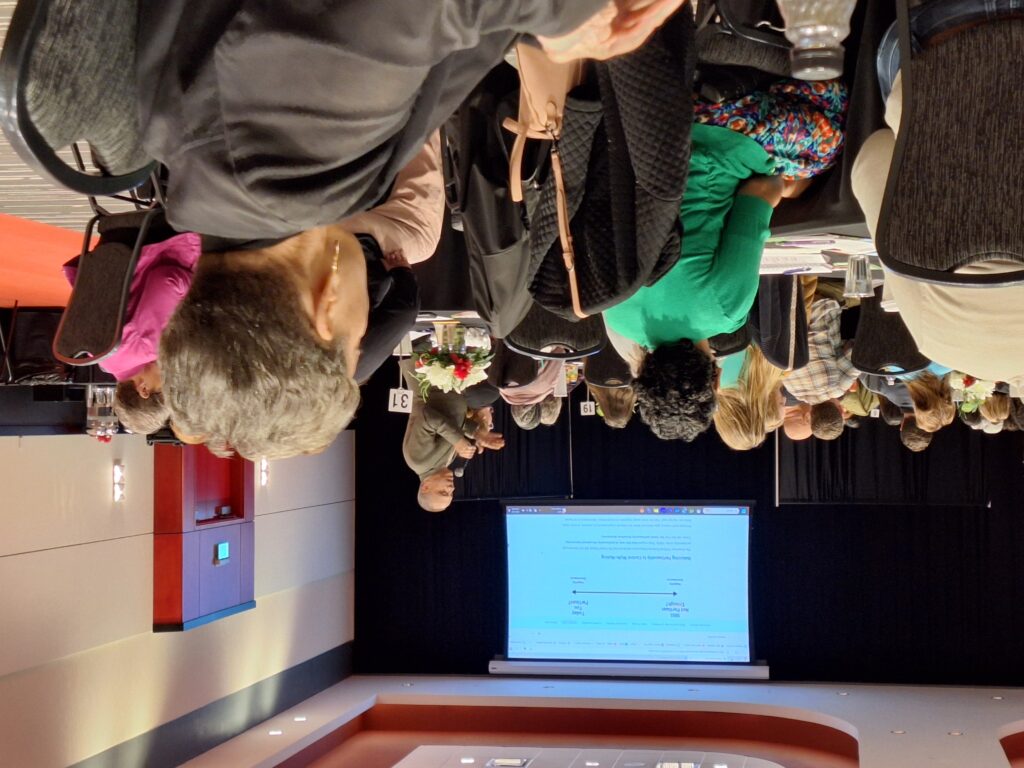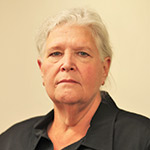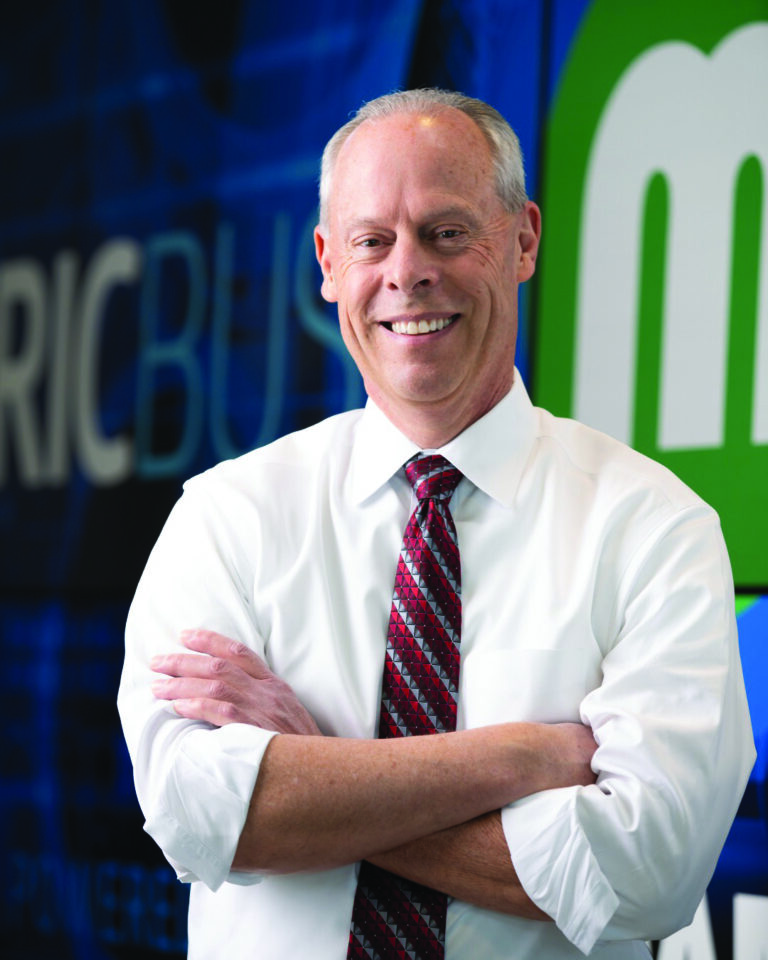With poverty, homelessness and eviction on the rise in the Quad Cities, regional leaders joined together on Thursday, April 3, to share challenges and strategies at Project NOW’s 2025 Rooting Out Poverty Conference.
Executive Director Dwight Ford opened the daylong event at Rhythm City Casino Resort in Davenport with a moment of silence for the more than 250,000 people (800 per day) who died in the past year due to the impact of poverty.
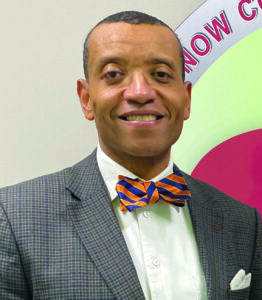
He also shared some troubling national and local statistics with the crowd of around 400 leaders gathered for the organization’s third annual event. They included:
- One-third of Americans live on just $15 a day or less.
- 87 million are underinsured or uninsured.
- One in five can’t afford their light bill.
- 48 million don’t have access to clean drinking water.
- 51% of the population can’t afford even a $400 emergency.
Making matters worse, the Rev. Ford said, is the “epidemic” of evictions is contributing to homelessness in this country and in the State of Illinois where Project NOW is based. Every eight seconds, he said, someone in America is evicted.
“And those populations just don’t vanish,” Rev. Ford added. “More often than not they end up on somebody’s floor in their living room; maybe in their car, and when all else fails, in the streets.”
Exacerbating the problem locally is the shortage of rental properties that has been estimated at 6,545 units in the past. “That’s a pre-COVID number,” Rev. Ford added. “Those numbers have expanded.”
In just the last year alone, for example, Illinois saw a 116% increase in homelessness, he said.
Troubling QC numbers
Here in the Quad Cities, Rock Island County was one of just six locations that had a 44% increase in homeless population, and Scott County led the entire State of Iowa in evictions. “We have our hands full,” he told local leaders.
“Elected officials need to hear from us. They need to understand how we feel about what’s going on.”
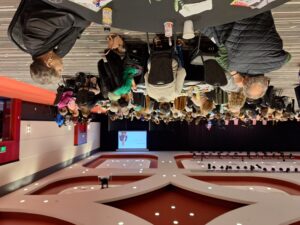
Illinois Community Action President Roger Pavey echoed that message in the conference’s leadoff session entitled “The American Myth on $12 a Day.” In it, he shared his own troubling statistics to debunk claims that the American Dream is alive and well in the United States today.
“We know that that’s not true,” Mr. Pavey said. “People are born in different circumstances. Not everyone has the same chances.”
Part of the problem is that, since the 1960s, the federal formula for determining poverty has been “the price of food in 1955 times 4.8 because we don’t want low-income households to eat very well, times three because food at that time was about a third of a household’s budget,” Mr. Pavey said.
More accurate ways of measuring modern reality exist, he added, “but no politician is going to change it, because to change it means that the number of people who are officially in poverty will go up.”
That is certainly true in Rock Island County in the decades since the 1970s when the poverty rate fell dramatically after the creation of poverty-fighting programs such as Project NOW, Mr. Pavey said.
Shining moment fades
At the same time, the passage of the Civil Rights Act and the Voting Rights Act ensured that previously underrepresented Americans could vote. “It was a brief and shining moment and it’s probably fading, and I don’t mean just because of the Trump Administration,” Mr. Pavey said.
He also pointed to such culprits as “massive disparate incarceration,” the 1970s energy crisis, and globalization that has sent businesses and jobs overseas. Things improved somewhat in the 1990s, he said.
Fast forward to today, however, when the poverty rate in Rock Island County is higher than it was in 1960. That’s true in only 5% of the counties nationwide. The reason it’s so high in those areas is that diverse areas have higher poverty rates and often experience industrial blight.
At the same time, Mr. Pavey said, “local governments across the United States are criminalizing homelessness and also criminalizing those that aid and abet the homeless.”
The concentration of wealth in America along with the outdated way the U.S. measures poverty also have made things worse. Take for example, the commonly accepted premise that American families can easily live on $12 per person each day.
“What would your life be like if you were living on $12 a day?” he asked, before confessing to spending a whole day’s allowance on a trip to Starbucks.
Even using that inadequate measure, Mr. Pavey said, the Quad Cities bistate region could fill the Vibrant Arena at the Mark – which holds 12,000 people – more than two times with the Quad Citians who live on less than $12 a day.
“This is not excusable,” he added. “There is nothing right about this.”
Debunking the myths
Equally troubling, Mr. Pavey said is that the answer to the commonly asked question of whether or not your children are better off today than you were depends in large part on circumstances.
“That whole concept and that of the American Dream does not play out in the numbers,” he said before sharing maps that showed significantly more Blacks living in poverty than their white counterparts in the nation and the Quad Cities.
“People don’t have the same opportunities,” Mr. Pavey added. “We are leaving children behind. It depends on the circumstances in which you were born. We’ve got to do better than this.”
He offered some hope for the future, but he warned things may get worse before they get better thanks to tariffs, tax cuts for the wealthy, and federal grant application changes that prohibit grantees from using words that accurately reflect the problems facing communities in need.
Mr. Pavey’s presentation was followed by several others keying on “barrier-breaking programs” the role of social innovation in ending poverty, confronting health challenges and working together to confront “the rising tide of homelessness.”

